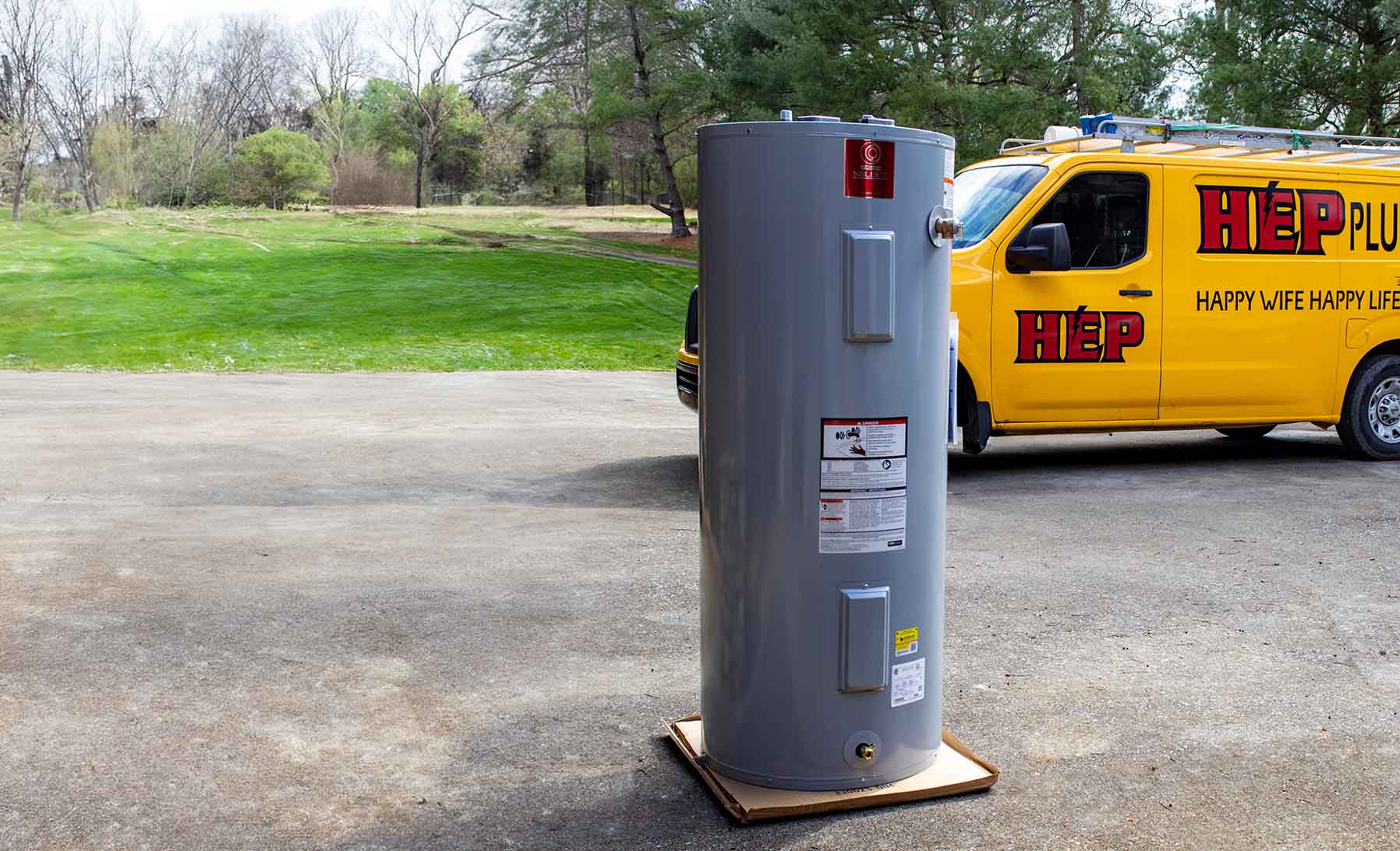

Energy Efficiency
Your trusted partner for professional home services. Quality workmanship, guaranteed satisfaction.




- HEP
- Energy Efficiency
Energy Efficiency | Tank Water Heater | Plumbing | Pioneer
When you trust HEP’s Energy Efficiency Plumbing team, swapping out an outdated heater for a modern tank water heater becomes the easiest upgrade you’ll make this year. Our specialists pair industry-leading brands with precision installation, so you enjoy dependable hot water, lower utility bills, and the peace of mind that comes with equipment built to outperform older models. From the first consultation to the final safety check, we focus on maximizing efficiency without compromising your family’s comfort.
Every tank water heater we install features superior insulation, optimized burner or heating-element technology, and smart temperature controls that curb standby heat loss. That means faster recovery times, reduced energy waste, and fewer surprises when the monthly statement arrives. Ready to experience hot water that works as hard as you do? Schedule your in-home assessment with HEP today and discover why homeowners across Pioneer call us first for energy-saving plumbing solutions.
FAQs
How does an energy-efficient tank water heater work?
High-efficiency tank water heaters use better insulation, advanced burners or electric elements, and optimized heat exchangers to reduce heat loss and shorten recovery time. Many models include electronic ignition (instead of a standing pilot) and smart control systems that adjust output based on actual demand. These upgrades allow the unit to heat the same amount of water while using significantly less gas or electricity than a standard model.
What are the benefits of upgrading to an energy-efficient tank water heater in Pioneer?
• Lower utility bills: Energy Star–qualified tanks can use 10–20 % less energy than conventional units, translating into noticeable monthly savings. • Reliable hot water: Faster recovery rates mean fewer cold-shower surprises for larger families. • Environmental impact: Reduced energy consumption lowers your home’s carbon footprint. • Increased home value: Efficiency upgrades are attractive to future buyers and may boost resale value. • Compatibility with local climate: Pioneer’s cooler winters make standby heat loss a bigger issue; better-insulated tanks minimize that loss all year.
How do I determine the right size energy-efficient tank water heater for my household?
Sizing is based on peak-hour demand, measured as First-Hour Rating (FHR). Add up the gallons of hot water your family uses during the busiest 60-minute period (showers, laundry, dishes). A typical 3-to-4-person home in Pioneer needs a 50–55 gallon high-efficiency gas unit or a 60–80 gallon electric heat-pump model. Our plumbing team can perform a load calculation on-site to ensure the new tank matches both your usage and available utility service.
Are there rebates or incentives for installing an energy-efficient tank water heater in Pioneer?
Yes. Pacific Gas & Electric (PG&E) currently offers rebates of $70–$400 for qualifying high-efficiency gas units and up to $3,000 for electric heat-pump water heaters. The federal Inflation Reduction Act adds a 30 % tax credit (capped at $600 for gas and $2,000 for heat-pump models). Pioneer residents may also qualify for Amador Water Agency efficiency incentives. We’ll help you collect model numbers, efficiency ratings, and documents needed to submit all applications.
How much can I expect to save on energy bills with an efficient tank water heater?
Savings depend on fuel type, family size, and your current heater’s age. On average, homeowners in Pioneer who replace a 10-year-old standard gas tank with a new high-efficiency model save $80–$120 per year on natural-gas costs. Switching from an electric resistance tank to a heat-pump water heater can cut water-heating electricity use by up to 60 %, typically $250–$350 annually. Over a 10- to 15-year lifespan, total savings often exceed the incremental purchase price.
How often should I maintain an energy-efficient tank water heater to keep it performing well?
1. Annual tune-up: Have a licensed plumber flush sediment, inspect the anode rod, test the thermostat, and check gas or electrical connections. This maintains efficiency and protects the tank. 2. Semi-annual visual check: Look for leaks, rust, or error codes on the control panel. 3. Temperature setting: Keep the thermostat at 120 °F to minimize standby losses while still preventing bacteria growth. 4. Replace the anode rod every 3–5 years (or sooner if water is highly mineralized). Proper maintenance can extend the unit’s life and preserve the efficiency rating you paid for.